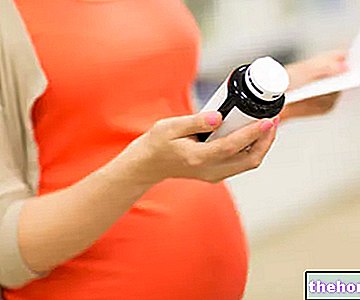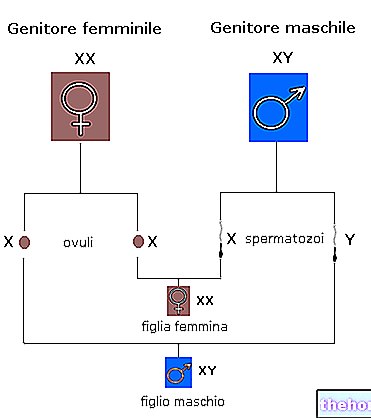To find out what are the exams to do in the first three months of gestation, instead, go back to the previous page:
Exams to Do in Pregnancy during the First Trimester midwife;In addition, the woman's body weight and blood pressure will continue to be monitored regularly.
Additional tests and tests to be performed in the second trimester are listed in the following list:
- If you are not immune, new blood tests are proposed for the detection of antibodies to diseases such as rubella and toxoplasmosis.
- If the pregnant woman is at risk for the development of diabetes, the examination of the glycemic curve during pregnancy is prescribed. This examination is prescribed between the 24th and 28th week.
- Morphological ultrasound: it is the ultrasound that is used for the diagnosis of any anomalies of the fetus, to be performed between 19 weeks + 0 days and 23 weeks + 6 days (if performed in these weeks, the examination is the responsibility of the National Health System) .
In addition to the above, starting from 24 weeks + 0 days the distance fundus uterine-pubic symphysis for the verification of fetal growth.
Other Exams and Analysis
During the second trimester, where necessary, the doctor can prescribe the execution of:
- Tri test or triple test, if you prefer: it is carried out to determine any chromosomal abnormalities in the fetus, such as those that give rise to Down syndrome.
- Amniocentesis and CVS: also in this case, these are tests carried out in order to identify any chromosomal abnormalities of the fetus. They are very invasive tests and certainly not free from possible risks, for this reason, they are usually reserved for particular cases.
- Blood tests (complete blood count, etc.);
- Complete urinalysis;
- Obstetric ultrasound;
- Measurement of the fundus-pubic symphysis distance for the verification of fetal growth.
If necessary, the specialist will also prescribe:
- Urine culture;
- Additional blood tests for the detection of pathologies such as toxoplasmosis (if you are not immune), hepatitis B, hepatitis C, syphilis, HIV, etc.
- Indirect Coombs test to evaluate the incompatibility between maternal and fetal blood.
- Anti-D (anti Rh) prophylaxis for women with negative Rh factor.
Finally, a vagino-rectal swab (recommended at 36-37 weeks) is also prescribed in the third trimester for the detection of group B β haemolytic streptococcus (also known as Streptococcus agalactiae), a bacterium that can cause severe neonatal infections. If the swab is positive, the doctor will prescribe a "suitable antibiotic therapy to the future mother.
At 36 weeks, it is verified that the fetus is in cephalic presentation: if it is still in breech presentation, information is provided on the possibility of carrying out external obstetric maneuvers to make it turn.
From the 38th week of gestation it is possible to perform cardiotocography which allows to monitor the fetal heart rate and uterine contractions. The evaluation of the quantity of amniotic fluid or the diameter of the main bag of fluid is also very important, in order to highlight any conditions that make close checks or the completion of childbirth advisable.




























